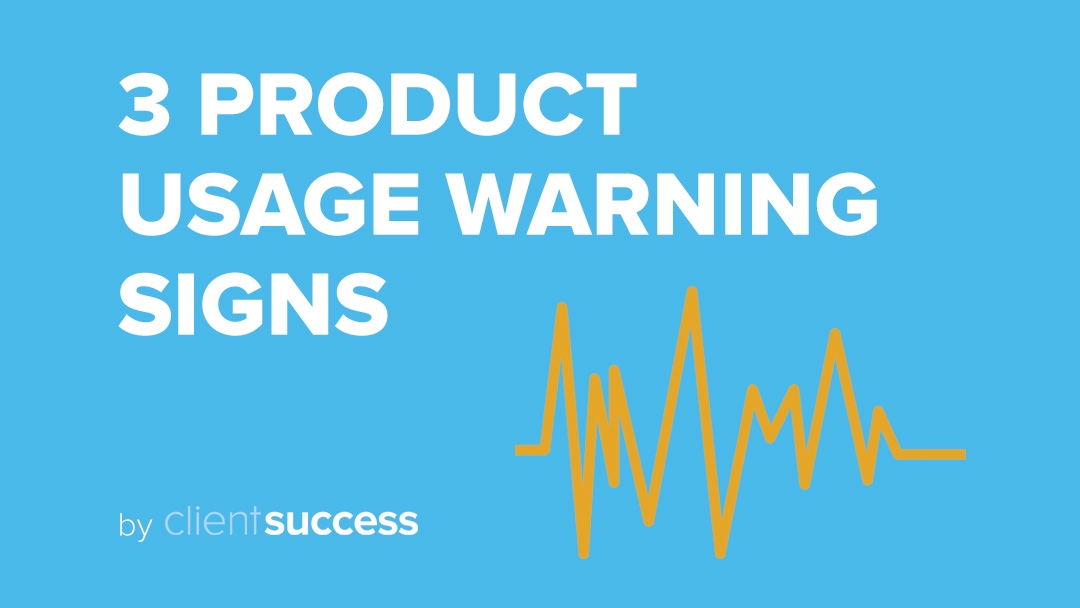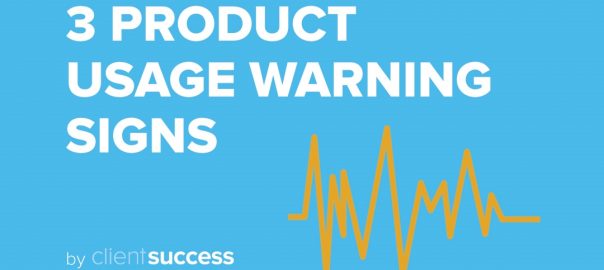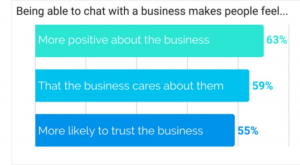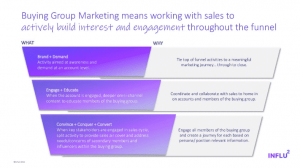— January 12, 2019

As a customer success manager (CSM), your goal is to help your customer accounts change their behaviors by using your product(s) to drive positives outcomes and ROI throughout their entire journey with your company. Tracking and measuring product usage is one key method customer success professionals use to determine success and risk along a customer lifecycle. Though it’s important to realize not to just focus on product usage alone. When it comes to determining the health of a customer account, product usage is one key leading indicator. In this blog post, we will also discuss 3 other non obvious signs that might also let you know that product usage is slipping.
3 Other Not Obvious Signs Product Usage is Slipping
Here are three signs product usage could be slipping:
1. Number of Support Tickets Coming in Starts to Decline
For customer success managers and their counterparts on the customer service side of the business, support tickets can be akin to headaches. It’s important to track these, however, for a few reasons. First, tracking support tickets can help your product team detect any deep-running issues across multiple customer accounts. Second, it can help you identify ‘needy’ customers that might be costing your organization. And finally, tracking support tickets can help identify if a customer is at-risk. If you notice there are fewer tickets coming in, it could be a sign that users are no longer logging in to the platform.
2. Customers Start to Go Dark and Miss Calls/Appointments
This is a pretty big sign that many CSMs chalk up to busy schedules instead of product usage issues. It can be tempting to write off a missed customer meeting to one-off circumstances, but be careful – this is typically a sign that your customers are starting to lessen their product usage. Most don’t like confrontation, so it’s not unusual for customers to just fade out instead of addressing actual problems or issues. For CSMs, this just means you need to pay closer attention to the cadence of your customer attendance. Additionally, try to pay closer attention to the overall attentiveness and engagement of customers when you’re actually in meetings, as this could be another sign of potential product usage slippage.
3. Customer Satisfaction Metrics (NPS Scores, Surveys, Feedback, etc.) are Declining
All customer success teams track some sort of satisfaction score, whether through the Net Promoter Score (NPS) or surveys. To call attention to product usage, try asking customers specific questions that highlight usage patterns. Additionally, keep your eyes peeled for any ‘red flag’ answers that come up. In the end, however, declining satisfaction metrics are what should stand out the most. Are customers who are usually top-of-the-pack suddenly down near the bottom? Have you received erratic or out-of-character responses from certain customers? Any sort of declining satisfaction metrics should be cause for worry about usage rates.
How to Catch Falling Product Usage Rates in Advance
One thing many CSMs ask is how they can catch these falling product metrics in advance without constantly stalking their customers or digging around on the back-end of their platforms to determine usage rates. The answer is by using customer success product metric tracking solutions that uncover specific insights into how customers are engaging with your product and other key areas of health through a strong health score strategy.
To take usage metrics tracking to an even higher level, set up automated product tracking alerts for various metrics so your team is notified the moment a customer’s product usage starts to decline. We have developed a very simple way you can track product usage and alerts in ClientSuccess. This way, your team can be proactive about addressing these issues as soon as possible. They can start to be very proactive.
What to Do When You Notice Dropping Product Usage Metrics?
Knowing exactly how to handle declining usage rates is the key to preventing possible customer churn. If you start to detect declining usage rates, engage directly with your customer as soon as possible. Additionally, try working one-on-one with the customer to figure out the root cause of the issues. It also could mean a change in goals, management, or another key initiative. Make sure to arrive at the core of the issue and not become distracted by the surface issue.
Business & Finance Articles on Business 2 Community
(72)
Report Post





